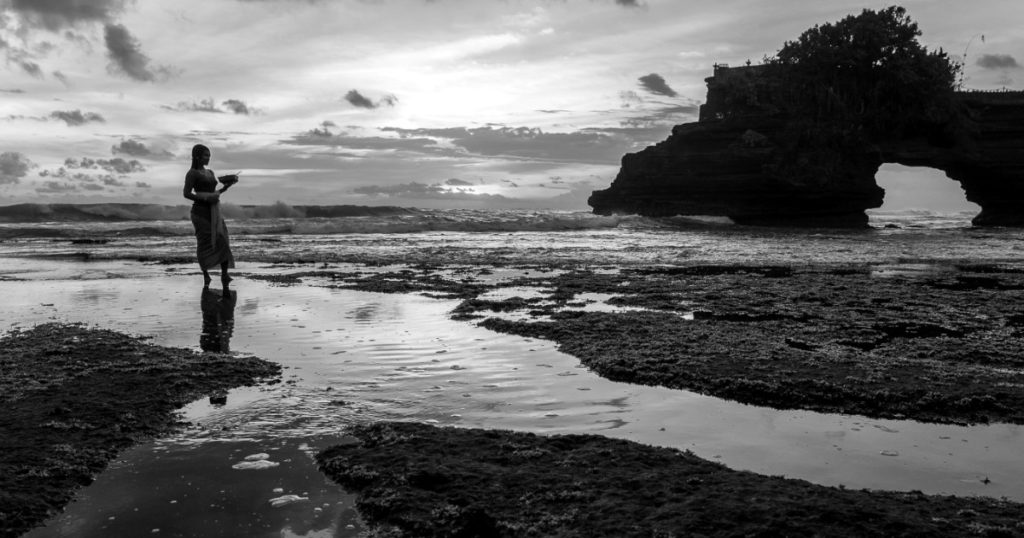Just as Indonesia’s archipelagic topography makes it well-suited for the evolution of diverse and unique wildlife, it also makes it a hotbed for the rise of unique cultures. Due to the relative isolation between populations in Indonesia, more than 300 languages are spoken throughout the archipelago. Indonesia’s geography also contributes to the nation’s incredible cultural diversity. Located at the centre of ancient trading routes between the Far East, South Asia and the Middle East, many of the cultural practices and religious convictions of Indonesian people have outside influence – albeit with distinctly Indonesian vibes. Often, travelling from one island to the next is a feeling akin to travelling to an entirely different country, making it the perfect place to go if you’re the type of traveller who values cultural experiences above all else.
By far, the most famous place for cultural discovery in Indonesia is Bali. Balinese people are part of an ancient lineage that maintains a deep connection with Hindu cultural influences introduced to them from India in the 5th century A.D. They are the only people of their kind in Southeast Asia. Not only is this fascinating in its own right, but the manifestation of Balinese faith in everyday life makes it, rightfully, one of the island’s biggest draws. Balinese culture is rife with beautiful traditional dress, distinct architecture, and incredibly artistic creations such as batik paintings and sculptures. Although the uniqueness of Balinese culture is apparent virtually anywhere on the island, this is particularly true of Ubud in Central Bali. Here, the entire city moves to the ebb and flow of a spirituality that dictates every move.
The neighbouring island to Bali, Lombok is also home to a rather unique group of people known as the Sasaks. This group of people has inhabited the island for so long that the history as to how they got there is actually unclear. These days, they have a unique fusion of traditional Animist beliefs and Islam, that make for unique cultural experiences while travelling around on the island.
Despite there being more than 17,000 islands in Indonesia, roughly half the population of 250 million people live on the island of Java. As such, Java is the beating heart of Indonesia’s cultural identity and the best place to go if you want to feel the pulse of the country from a human perspective. The capital city of Jakarta is a bustling metropolis, where the energy of the country’s modern aspirations comes to life in grand form. Further south, the ancient capital of Yogyakarta is considered to be the centre of Java’s cultural and artistic scene. Commonly referred to as “Jogja,” the area has long been renowned for the friendliness of its locals and the richness of its culture. The nearby Borobudur Temple is not only the largest Buddhist temple in the world, but its surrounding area is still home to a group of people who, over the centuries, have maintained their Buddhist beliefs in spite of the overwhelming ascension of Islam elsewhere on the Island. A visit to this area offers a fascinating look into the island’s past.
One of the world’s most unique and threatened populations of people have inhabited the waters around Sulawesi for generations. The Bajau Laut are sea gypsies who are born, raised, and live the entirety of their lives at sea. They often spend months on end living aboard small boats known as ‘Lepa Lepa’, only visiting land to refuel or trade for necessities. While off-the-beaten path, a journey to the land of Bajau promises one of the most unforgettable cultural experiences to be had anywhere.
Indonesia is a nation of islands – and people who live on islands tend to smile a lot. Indonesia is no different in this manner. When encountering new people and cultures while travelling in Indonesia, be sure to wear a smile on your face – it will almost surely be returned! Reach out to the Discova team for ideas on planning a cultural trip to Indonesia.
